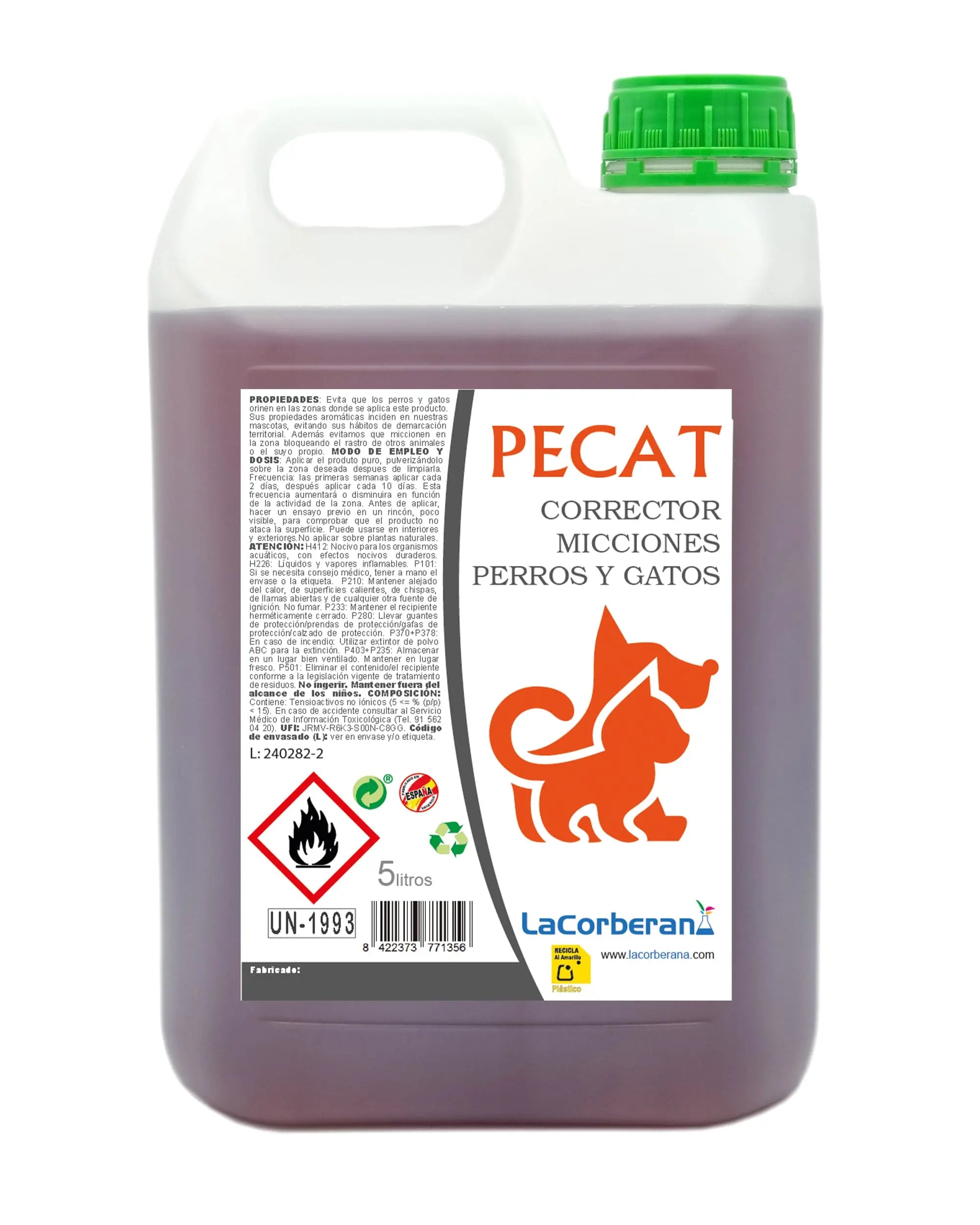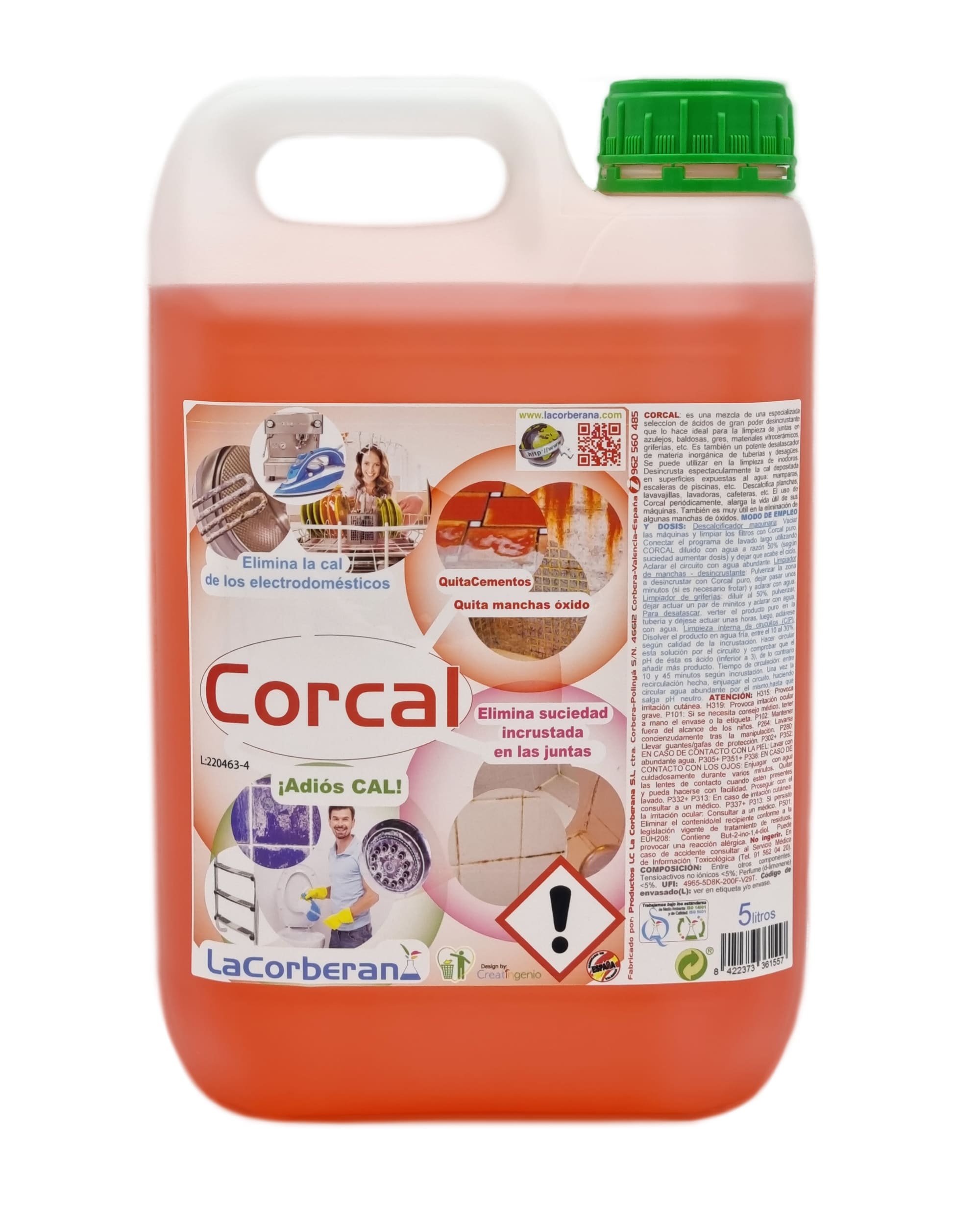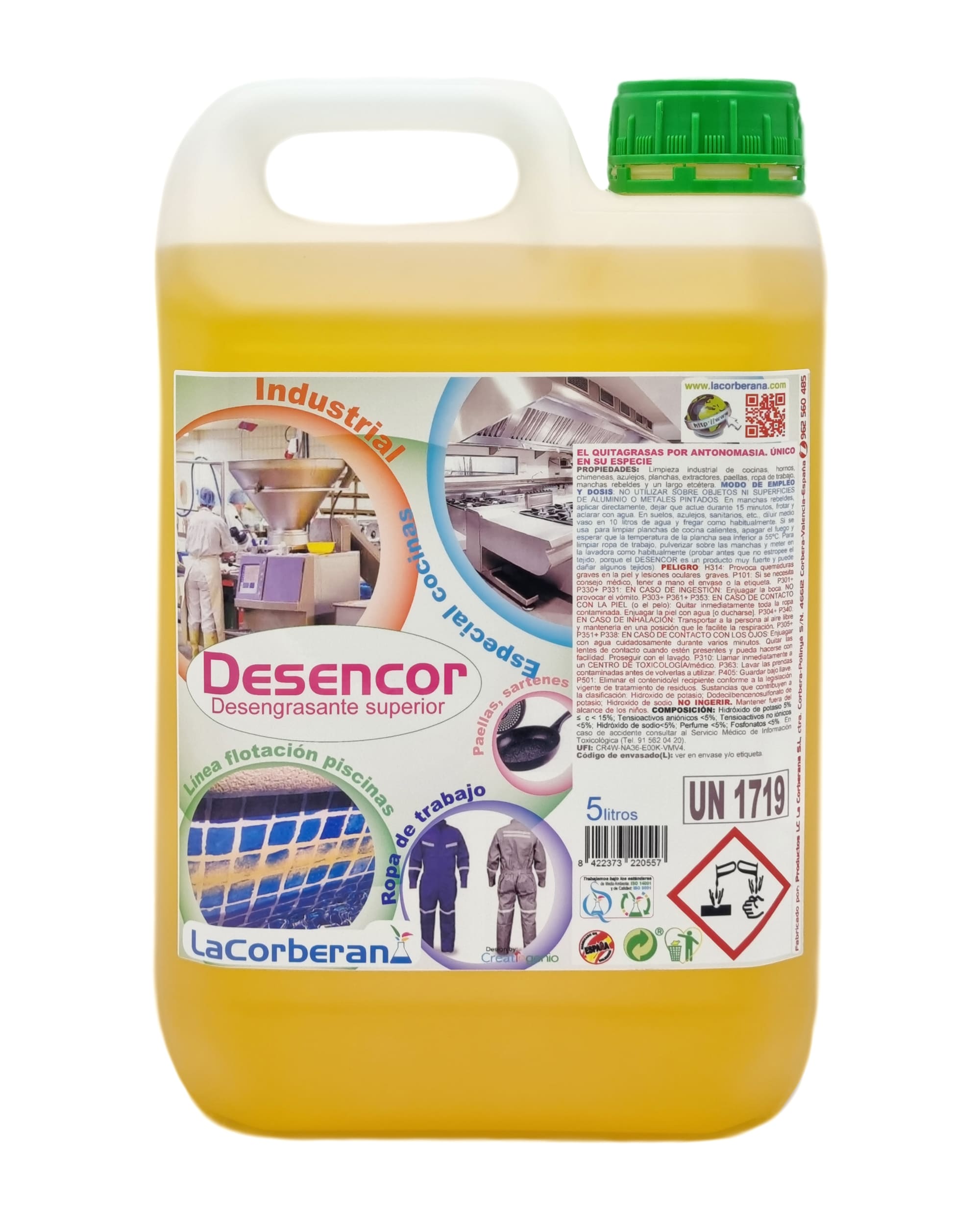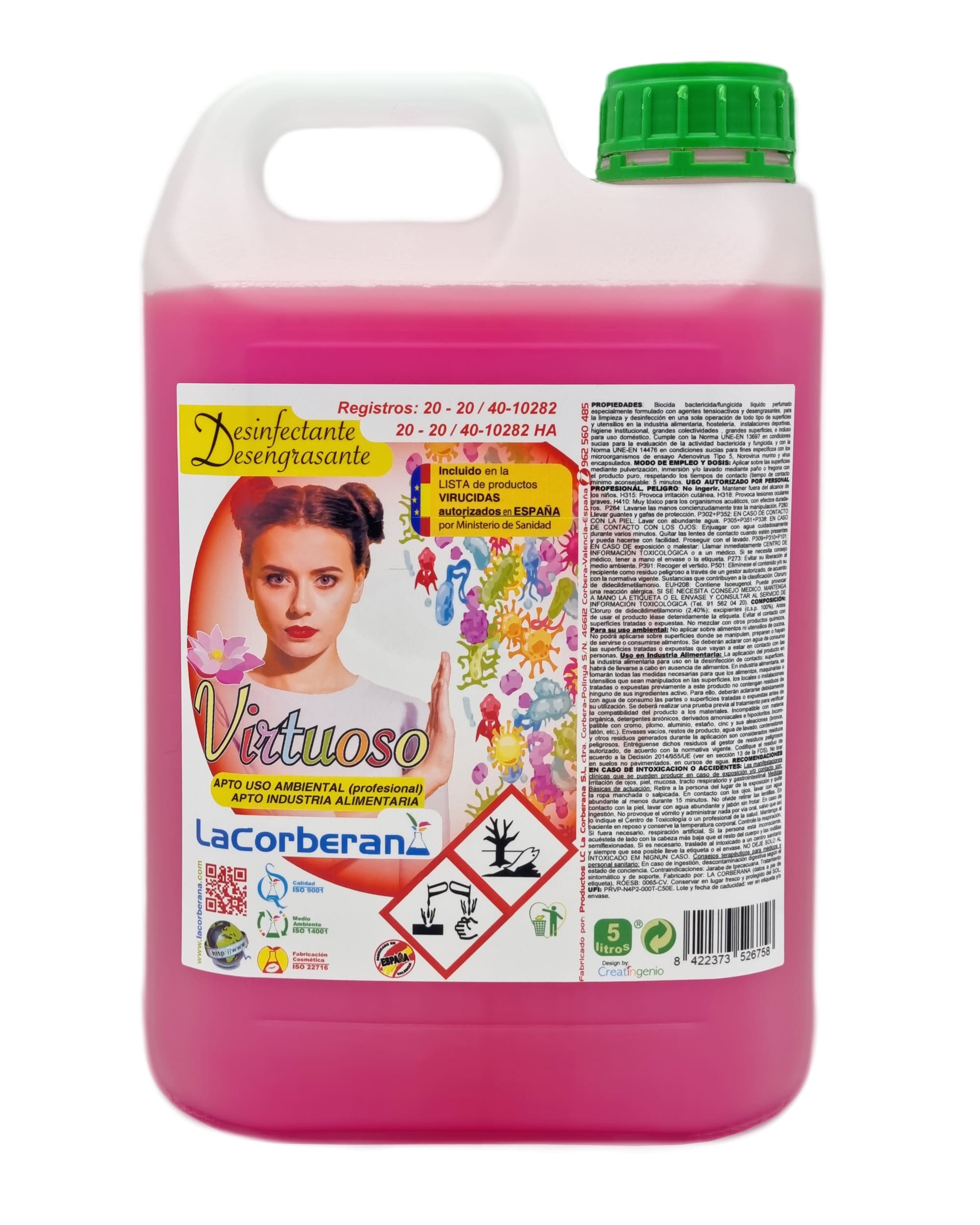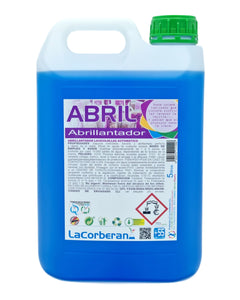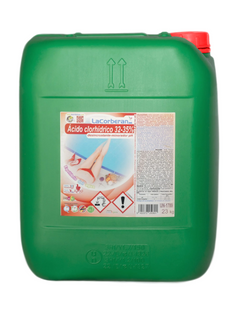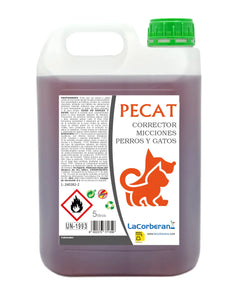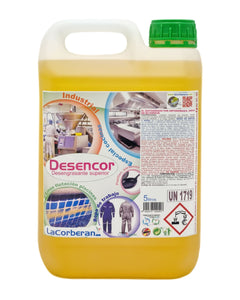When we find a symbol on our clothing label indicating that it should not be machine-washed, it can be confusing to know what to do. This symbol, commonly represented by a circle, indicates that the garment is made of delicate materials that cannot withstand moisture and require special care.
For these garments, dry cleaning is the best option. This process not only ensures that the fibers are not damaged, but also allows for the removal of tough stains without compromising the integrity of the garment.
What is dry cleaning?
Dry cleaning is a specialized cleaning process that uses solvents instead of water to remove stains, dirt, and oils. This process is ideal for fabrics that could be damaged if washed with water, such as wool, silk, or leather.
Using special solvents, stains are dissolved without penetrating the fibers, protecting the material's original structure. Dry cleaning also prevents common problems such as shrinkage, color fade, and damage to delicate trim.
However, dry cleaning isn't the only way to keep our clothes spotless. For daily care of clothes that don't require this specialized treatment, using quality detergents is essential.
For more durable garments, such as cotton or polyester, specialized laundry detergents guarantee a deep clean without compromising the texture or color. Plus, by using appropriate fabric softeners, you can keep the fibers soft and fresh, helping to preserve your garments for longer.
Types of solvents used in dry cleaning
There are several types of solvents that can be used in dry cleaning. These solvents are designed to suit the needs of different types of fabrics and provide the appropriate treatment without compromising garment quality.
-
Perchloroethylene (P): This is the most commonly used solvent in dry cleaners and is effective for most fabrics, but should be used with caution due to its chemical nature.
-
Hydrocarbons (HC): More environmentally friendly than perchloroethylene, hydrocarbons are ideal for more delicate and less resistant fabrics.
- Silicon-Based Fluids (Si): A newer option used on extremely sensitive materials. These fluids are less aggressive and offer gentle cleaning.
Advantages of dry cleaning
-
Texture preservation: The fibers of delicate materials such as silk, wool, or leather can be damaged by water. Dry cleaning prevents these fabrics from shrinking or warping, preserving their original shape.
-
Effective stain removal: The solvents used are more effective than water and common detergents in removing oil or grease stains, which can be difficult to treat with traditional methods.
-
Protecting embellishments: Garments with embellishments, sequins, embroidery, or feathers can be damaged or removed if washed in water. Dry cleaning protects these details, keeping the garment intact.
- Preventing shrinkage: Some fabrics, such as wool or synthetics, can shrink upon contact with water. Dry cleaning prevents this problem, ensuring the garment maintains its size and shape.
Steps in the dry cleaning process
Although the process may vary depending on the equipment and solvents used, it generally follows these steps:
- Label Review: Professional dry cleaners always check garment labels to identify the fabric type and cleaning recommendations.
- Sorting: Garments are sorted by material type and color. This step is crucial to prevent color transfer from one garment to another.
- Stain treatment: Specific products are applied to treat localized stains before dry cleaning.
- Cleaning: Garments are placed in a dry cleaning machine where solvent is used to clean the fibers without water.
- Drying and ironing: Finally, the garments are dried on a gentle cycle and ironed to restore their original shape.
How to choose the right detergent for each type of garment?
Although delicate garments require dry cleaning, many can benefit from a mild detergent and a suitable wash cycle. For example, using detergents for delicate garments helps keep wool and rayon in good condition, preventing the fibers from deteriorating due to excessive washing or inappropriate products.
Fabric softeners also play a crucial role, protecting fabrics, maintaining their softness and preventing wear from friction during washing. At La Corberana, we have one of the best fabric softeners in Spain.
What clothes should be dry cleaned?
Dry cleaning isn't just for luxury clothing. Many garments require this process due to their materials or embellishments. Some of the most common include:
-
Wool: Wool can shrink easily if it gets wet. Dry cleaning prevents this from happening and also prevents pilling.
-
Silk: This material is very delicate and can lose its softness and luster in water. Dry cleaning ensures silk maintains its quality.
-
Leather clothing: Garments such as leather jackets or pants should be dry cleaned to prevent water damage.
-
Embellished garments: Any garment with embellishments, such as buttons, sequins, or feathers, should be dry cleaned to prevent them from becoming detached or damaged.
- Rayon and Viscose: These materials are water sensitive and tend to lose their shape or structure if washed with water.
Dry cleaning is a valuable process that helps preserve the life of even the most delicate garments, protecting them from water damage or wear and tear. If you have clothing that requires this type of treatment, it's important to follow the manufacturer's recommendations and rely on professionals or laundromats to ensure your garments stay immaculate for longer.
 Skip to content
Skip to content
